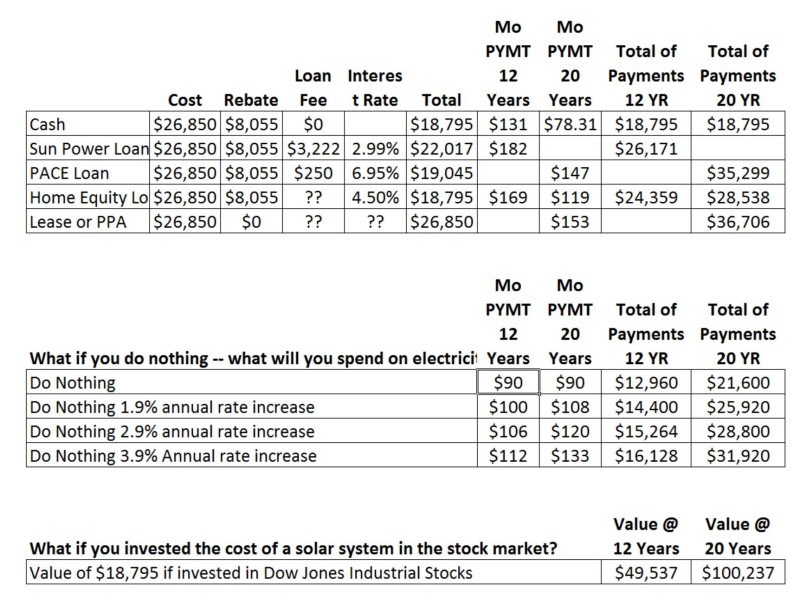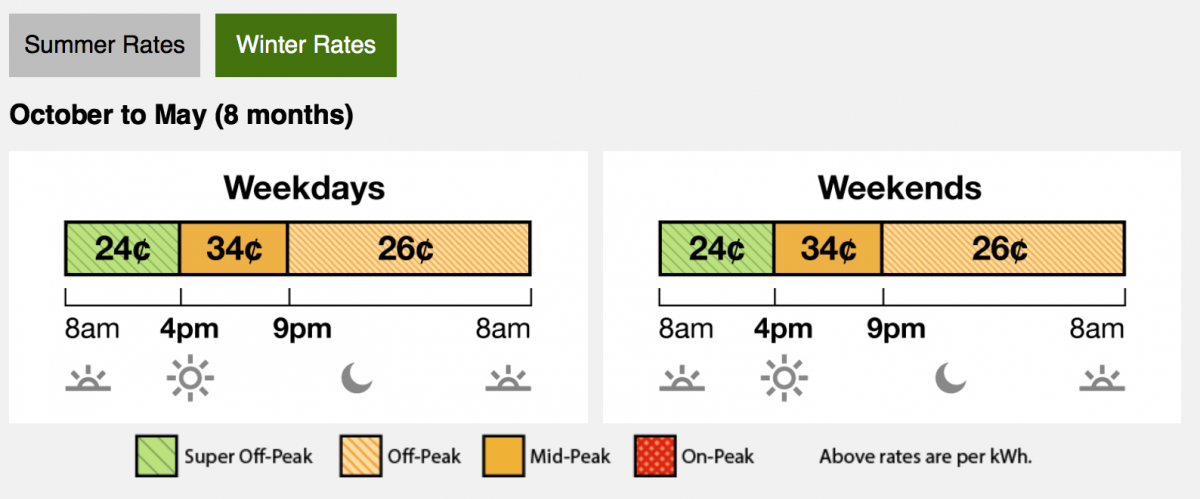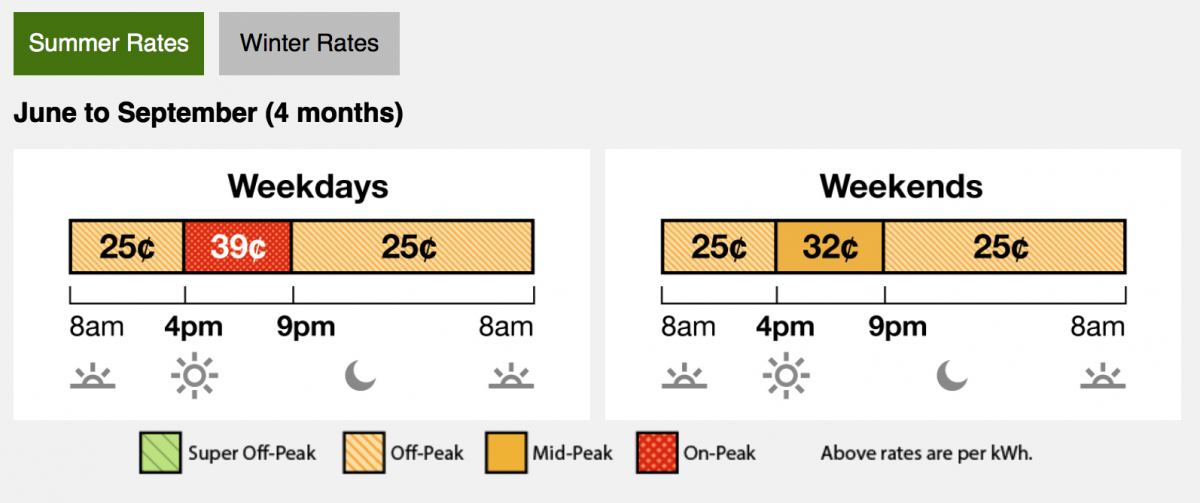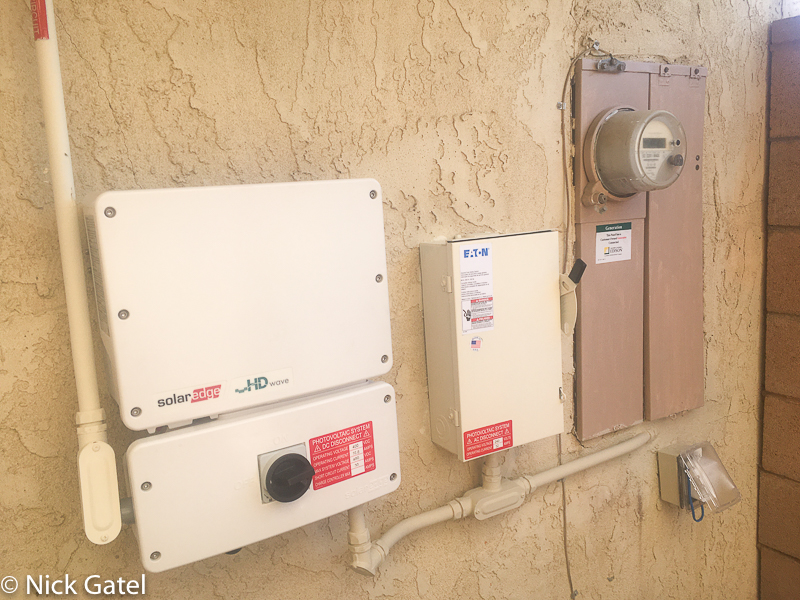I have been an advocate of solar power for almost 20 years, ever since we installed our first solar system on our camper in 2003 and then on our next two campers. Solar isn’t for everyone and it isn’t applicable for every situation.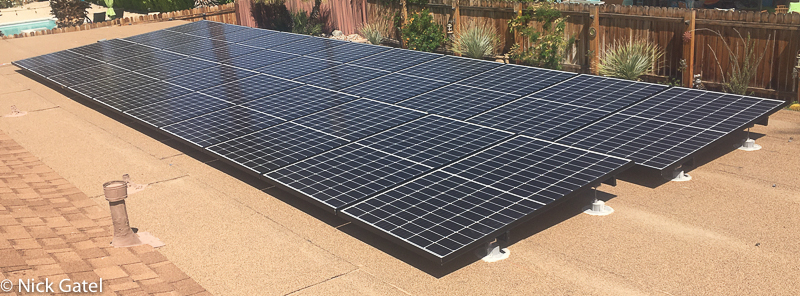
Back at the end 2016, after we completed extensive energy efficiency upgrades to our house, I asked posed the question is a post here (click for link), “Is home solar lipstick on a pig?” What this means, is solar just a Band-Aid for an energy inefficient home. I was advocating that homeowners should address the inefficiencies in their house before installing a solar system. I also mentioned that after a full year of data, after our energy upgrades, I would re-evaluate solar for us.
Given the accelerating costs of electricity rates, we decided to install a solar system.
Cost Analysis and Return on Investment
Back in 2016, after our “mechanical” energy upgrades and one year of electricity use data, I did some “What If” analysis for investing one’s money instead of buying a solar system. If you look at the chart below, I compared how much money a person would spend on a solar system versus how much they would spend on electricity if they didn’t go solar, and finally how much money they could make if they invested the cost of solar in the stock market.
In the chart for the cost of electricity I included prices increases of 1.9% per year, 2.9% per year, and 3.9% per year.
What I didn’t do was build a model for price increases, if the government interfered, and forced us to use alternative energy. If you think about it, we are supposed to be the government, so if the people want alternative energy sources they will seek those out, incentivizing power providers to invest in these technologies. If few people want this, then the providers have no incentive to invest billions of dollars in wind and solar energy.
But the government doesn’t care what the people want or need, they will tell us what we need.
Cost Trends
Let’s take a look at the Gatel household’s energy costs. In 2016 we had a four-tier rate plan. The more electricity you use, the more the rate goes up.
2016
Table 1: 2016 Actual Electricity Rate Tiers From a One Month Bill
As you can see, we got into the 3rd Tier, where the cost went up to $0.24 per kWh (kilowatt hour) used, versus $0.15 for Tier 1.
2017
Then in 2017 the four tier pricing was switched to a three tier schedule, shown in Table 2 below.
Table 2: 2017 Actual Electricity Rate Tiers From a One Month Bill
2018
Rates went up again.
Table 3: 2018 Actual Electricity Rate Tiers From a One Month Bill
2019
Rates went up again.
Table 4: 2019 Actual Electricity Rate Tiers From a One Month Bill
I have summarized this in Table 5 below.
Table 5: Cost Comparison 2016–2019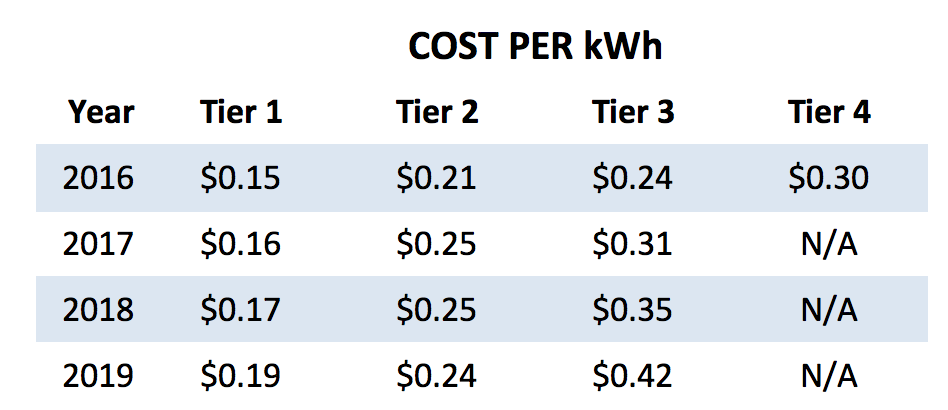
Table 6: Actual Cost Comparison 2016–2019
Because of the tiered structure, we need to look at how much money we spent per kWh. 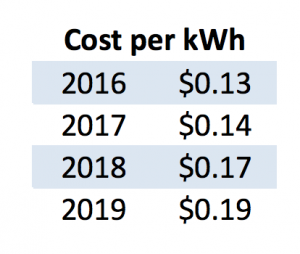
This represents a 29% increase over 4 years.
The actual cost we paid per kWh in 2016-2019 is less than the basic tier rates shown in Tables 1-4 above. There are two reasons:
One is each year we received a California Climate Rebate from our utility provider. This is a state government mandated program and is complicated. Each year the discounts decrease as Edison is forced to switch to alternative energy sources.
The second is we are enrolled in an optional Summer Discount Program with our utility. During periods of peak electrical demand, Southern California Edison can remotely turn out air conditioning unit off. Usually Edison turns ours off from 5PM – 8PM. Edison can turn it off for as long as 6 hours if needed, with a total maximum of 180 hours per year.
Why Are Costs Accelerating So Fast?
We can’t place the blame entirely on the utility companies, but on the other hand, they aren’t angels either.
Much of these price increases are driven by California’s aggressive governmental actions because we are required to reach at least 33% of our electricity from renewable resources by 2020, and 50% by 2030, excluding large hydro.
The demand, at times, for electricity in Southern California has exceed capacity since 2006, and especially since 2012 when the shut down of the San Onofre nuclear plant began. As mentioned earlier, for years our utility has installed optional Air Conditioner cut-off devices. Customers get a yearly discount to install the devices, and during peak electrical demand, SCE can turn off air conditioning units remotely. We’ve had this device for over 10 years. When there is a shut down, we usually don’t have A/C from 5PM until 8PM, sometimes longer.
The big problem for utilities is the people are using more and more electricity and the utilities don’t have enough in-state alternative generating capacity, so they have to buy power from other states. Think about it. What is going to happen when large numbers of people purchase electric vehicles?
In September 2020 California’s governor, Gavin Newsom, issued an “Executive Order” than bans the sale of gasoline powered cars starting in 2035. I’ll be dead by then. But how is it a single person can dictate to almost 40 million people. This wasn’t a law passed by our legislature or the people of California, but by an autocratic tyrant.
Some Causes of Increased Demand
More and more schools are providing laptops and tablets to every student, instead of using textbooks that could be used for several years. Almost everyone has a smart phone, including kids. Large TVs and streaming services abound. There are studies showing computer networks may be using 20% of our electricity by 2025. More and more people are buying electric vehicles, and many cities are prohibiting new construction and remodels from using natural gas for heating & cooling systems, cooking, or heating water.
Some localities have banned the use of natural gas in new construction and some re-construction projects.
The average California household uses around 6,500 kWh of electricity a year. The state is pushing electric vehicles, which use an average of 4,000 kWh per year, which is almost 62% the amount the entire household will use for one vehicle. Where is this additional capacity going to come from?
Over the years, California and the Federal governments have implemented tax breaks for the purchase of electric vehicles and solar systems, which adds taxation burden on the middle class and poor, who often can’t afford to purchase these products themselves. I wrote about this Green Greed (a.k.a. corporate welfare) many years ago.
So with increases in electrical demand, the utilities have a problem. Solar doesn’t work at night, solar output decreases in the late afternoon, and wind turbines don’t work when the wind doesn’t blow. We do not have the technology for efficient large battery storage. It is next to impossible to build nuclear plants due to government interference.
But all of this is okay, we’ll just make it more difficult for everyone who isn’t wealthy, and tell them they will save the planet.
2020: Time of Day Billing
This year the major utilities in California rolled out Time of Day (TOD), or Time of Use, rate tiers. These rates are mandatory for any new solar installation, and will be automatically implemented for all customers later this year. However, people without solar can opt out. My utility company has an app that will compare the cost between the current 3-tier vs. Time of Day, and it showed I would pay much more if using TOD rates (this is for non-solar customers). For those who invest something like $30,000 for a solar system today, they are probably just going to break even for a while, until the rates start accelerating again. We’re retired, and our solar system will probably be generating electricity after we die, and given we are on a fixed income, it is a best guess that in the long run this investment will be the cheapest route. It has nothing to do with being green, but a financial necessity caused by an authoritarian government that knows what is best for us, since they think we don’t.
Check the rates out below for winter and summer TOD charges.
Remember that our actual rate from 2016–2019 went from $0.13 to $0.19. Under the TOD plan, the absolute minimum will be $0.24 per kWh. We can probably assume with confidence, soon everyone will have to go to TOD, there will not be an opt out choice.
Solution
It was time for us to get a solar system. The rates are just going up too fast and too high. Not because of market forces, but because of government interference in our lives, and I foresee serious electricity shortages in the coming years.
So we bought a 6.72 kW system. Also part of this is we can use the 26% tax credit on next year’s income tax.
Because we built a super large patio a few years ago, we were able to place the panels on our patio cover, so the system is not visible from the street, nor is it visible from any view, except for our 3 direct neighbors on the sides and behind us. Even they can’t really see it unless the go to a corner of their property and look at the roof.
Of course we could have but on the front of the house, making it visible from the street, so we can shout out, “We are green!” which is why many people are going solar.
